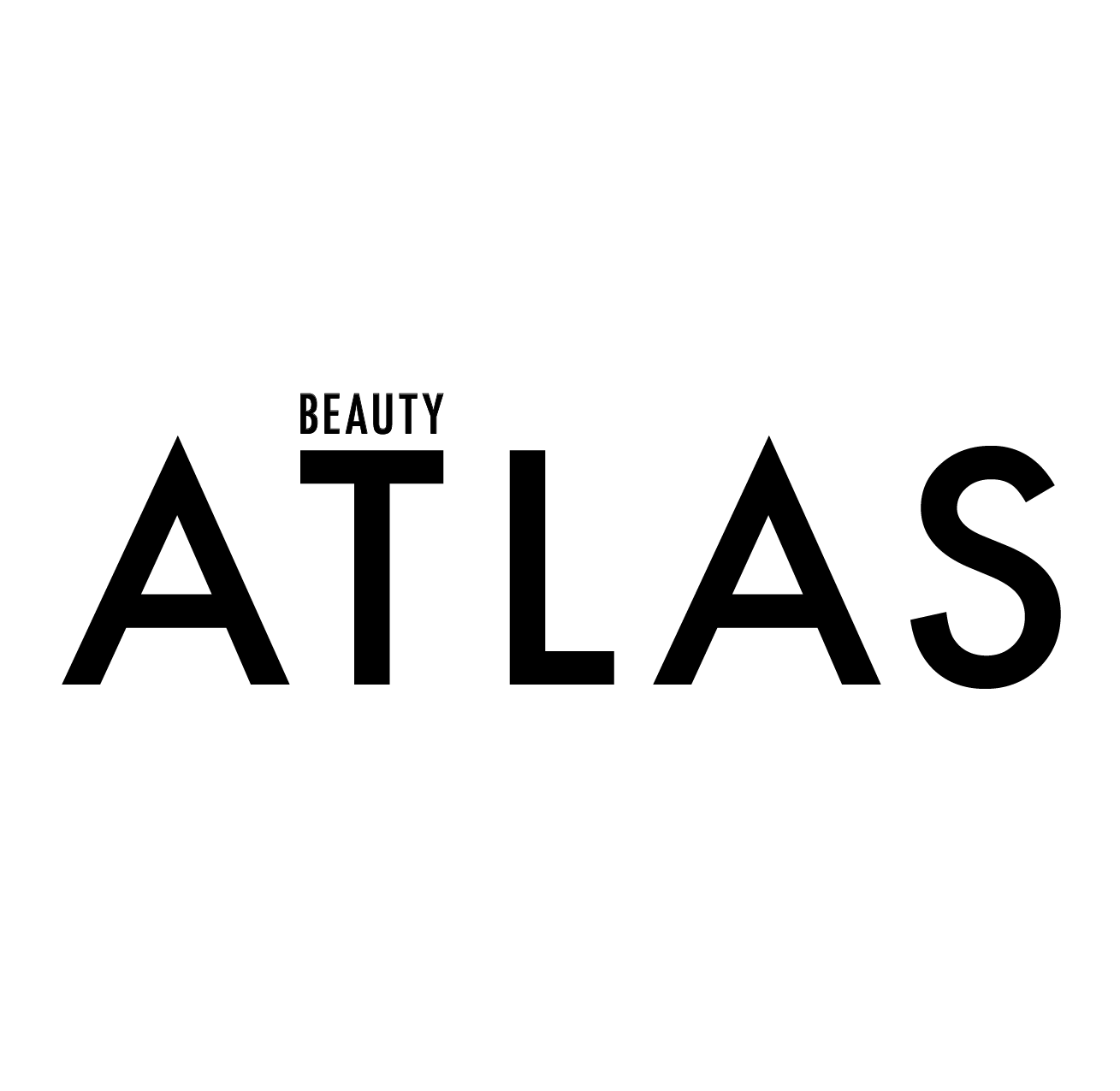The True Meaning Behind el Día de los Muertos Sugar Skull Makeup
A Latina makeup artist travels to Mexico's Yucatán Peninsula to decode the intricate designs of the festive Mexican tradition.
Photo: latina.com
As we create our own beauty looks in prep for this weekend's Halloween festivities, Mexico natives are gearing up for el Día de los Muertos (Day of the Dead), a national holiday celebrated on November 1 and 2 that celebrates the lives of the deceased. Contrary to the eerie connotation of its name, Día de los Muertos is a friendly, joyful, celebratory day.
One of the most visible traditions of el Día de los Muertos is the popular calavera makeup look, which has become widely popular across the globe. More commonly known as sugar skulls, makeup artists paint faces with skeletal designs, often adorning them with gems and scalloped lines around the eyes. In "Sacred Beauty," a new series for Latina magazine, celeb makeup artist and founder of Around the World Beauty Stephanie Flor interviews Ericka Jasso, head makeup artist at Xcaret Park in Quintana Roo, Mexico where hundreds of locals flock to celebrate the holiday. "Mainly colorful skulls are used to represent the many different people that have stepped toward a higher consciousness," says Flor. "The tradition of painting their faces with skulls is a way to internalize mortality and is seen as a true celebration of life."
In the video released this week, Jasso explains the significance of some of the most popular designs used to create the sugar skulls. "It has to do with the festivities that mean life and death," says Jasso in response to Flor's question about the meaning of half-painted skulls. "One side is life, the other is the death of your heart for this day."
Click here to watch the video for more on this rich cultural beauty ritual.

